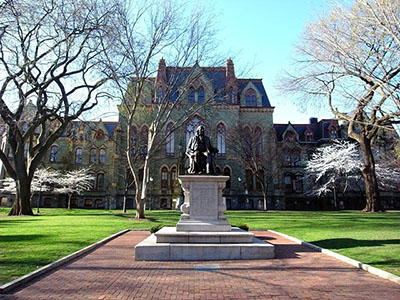Speaker
Mr
Sebastian Dittmeier
(University Heidelberg)
Description
To allow highly granular trackers to contribute to first level trigger decisions or event filtering a fast readout system with very high bandwidth is required. Space, power and material constraints however pose severe limitations on the maximum available bandwidth of electrical or optical data transfers.
A new approach for the implementation of a fast readout system is the application of a wireless data transfer at a carrier frequency of 60 GHz. The available bandwidth of several GHz allows for data rates of multiple Gbps per link. Transceiver chips can be produced with a small form factor and a high integration level. A prototype transceiver currently under development at the University of Heidelberg is presented in this talk. Furthermore, results of bit error rate measurements with a commercially available wireless 60 GHz transceiver are shown.
Crosstalk might be a big issue for a wireless readout system in a tracking
detector. Direct crosstalk can be avoided by using directive antennas,
linearly polarised waves and frequency channelling. Reflections from tracking
modules can be reduced by applying an absorbing material like graphite
foam. Properties of different materials typically used in tracking detectors
and graphite foam have been measured in the 60 GHz frequency
range. Moreover, directive horn antennas made from aluminised thin Kapton foil have been tested successfully to focus the radio signal. In addition, linear polarisation of the wireless signal and parallel communication through different frequency channels have been analysed with respect to their benefit to reduce crosstalk.
Author
Mr
Sebastian Dittmeier
(University Heidelberg)
Co-authors
Andre Schoening
(Physikalisches Institut-Ruprecht-Karls-Universitaet Heidelberg-U)
Dirk Wiedner
(Ruprecht-Karls-Universitaet Heidelberg (DE))
Mr
Hans Kristian Soltveit
(Ruprecht-Karls-Universitaet Heidelberg (DE))
Niklaus Berger
(Uni Heidelberg)
